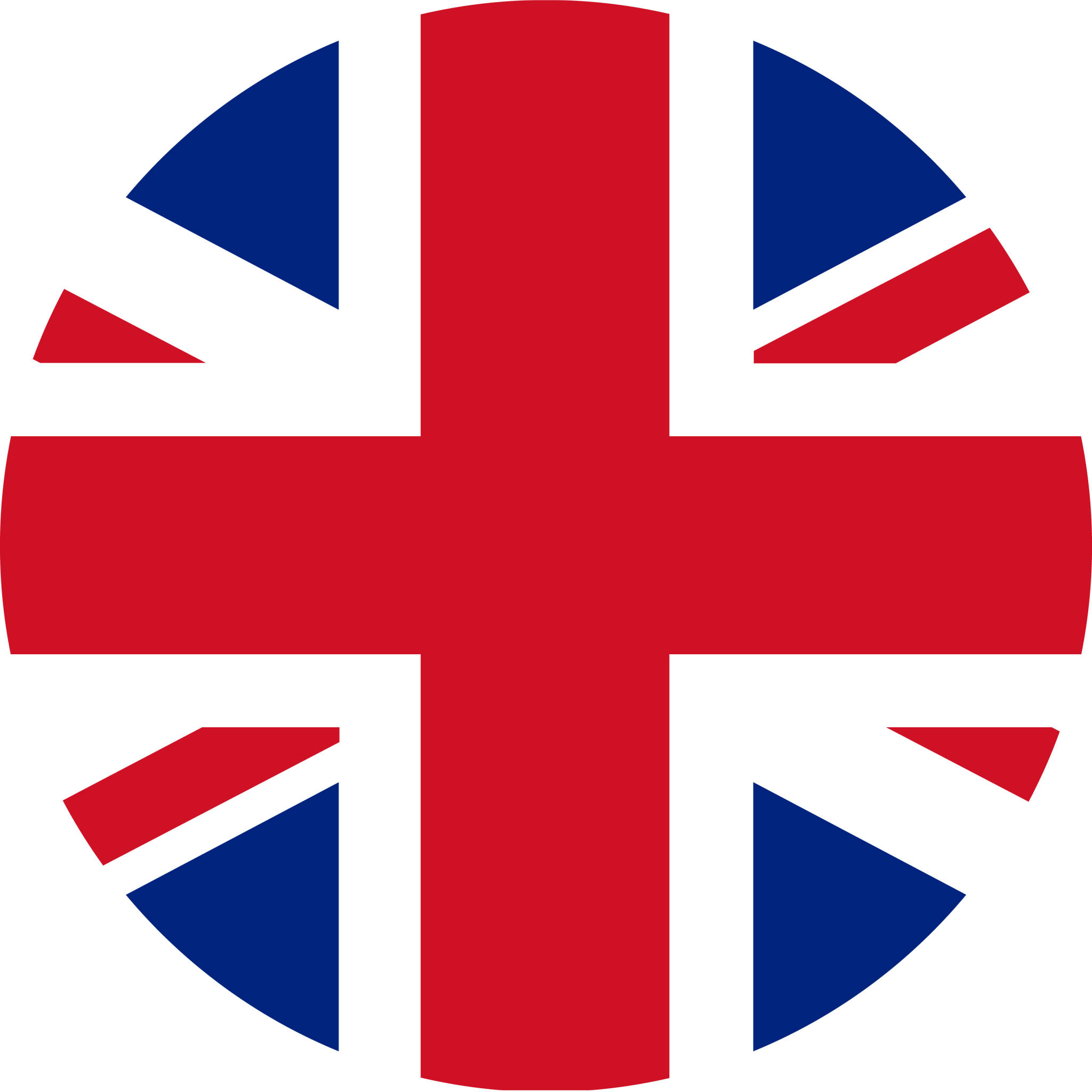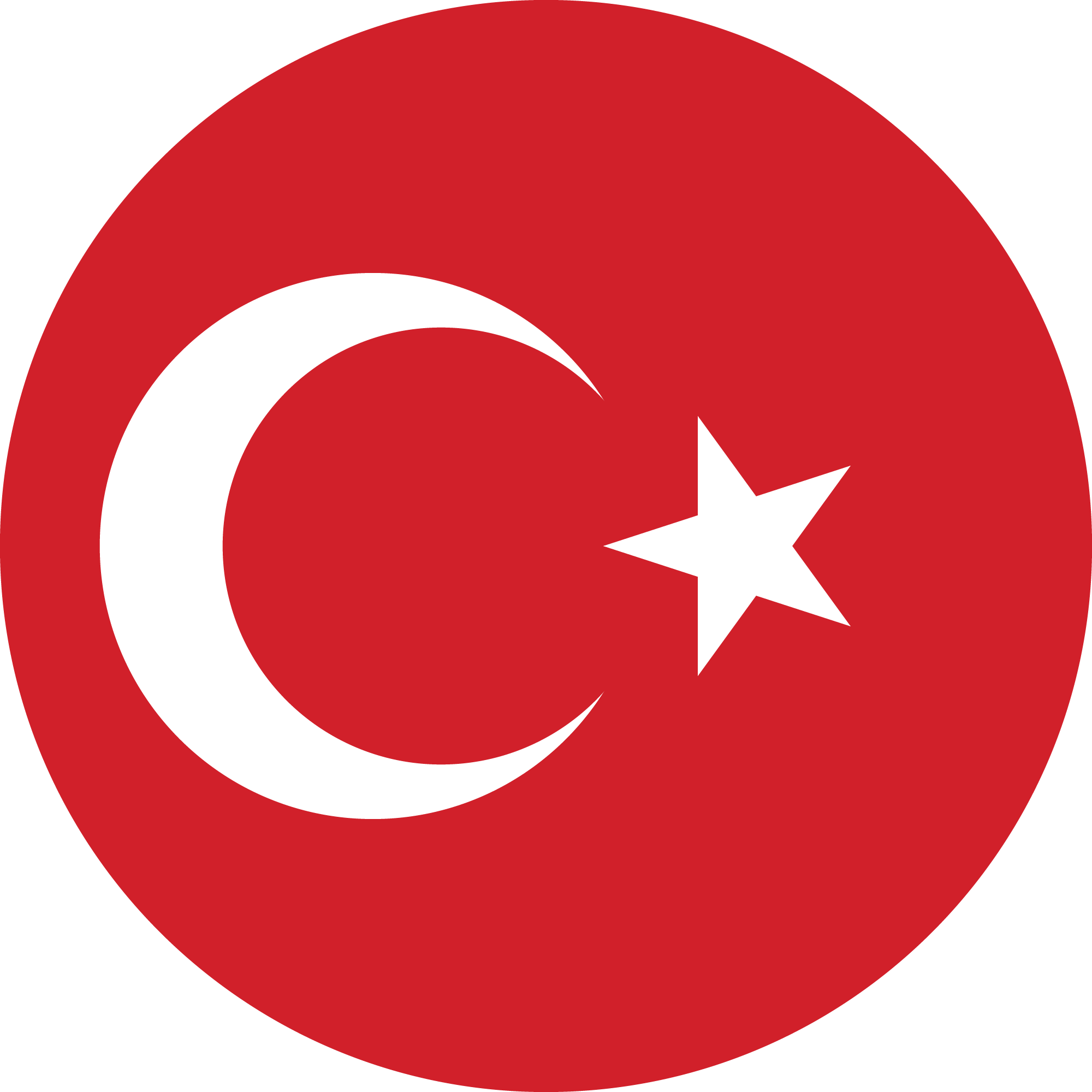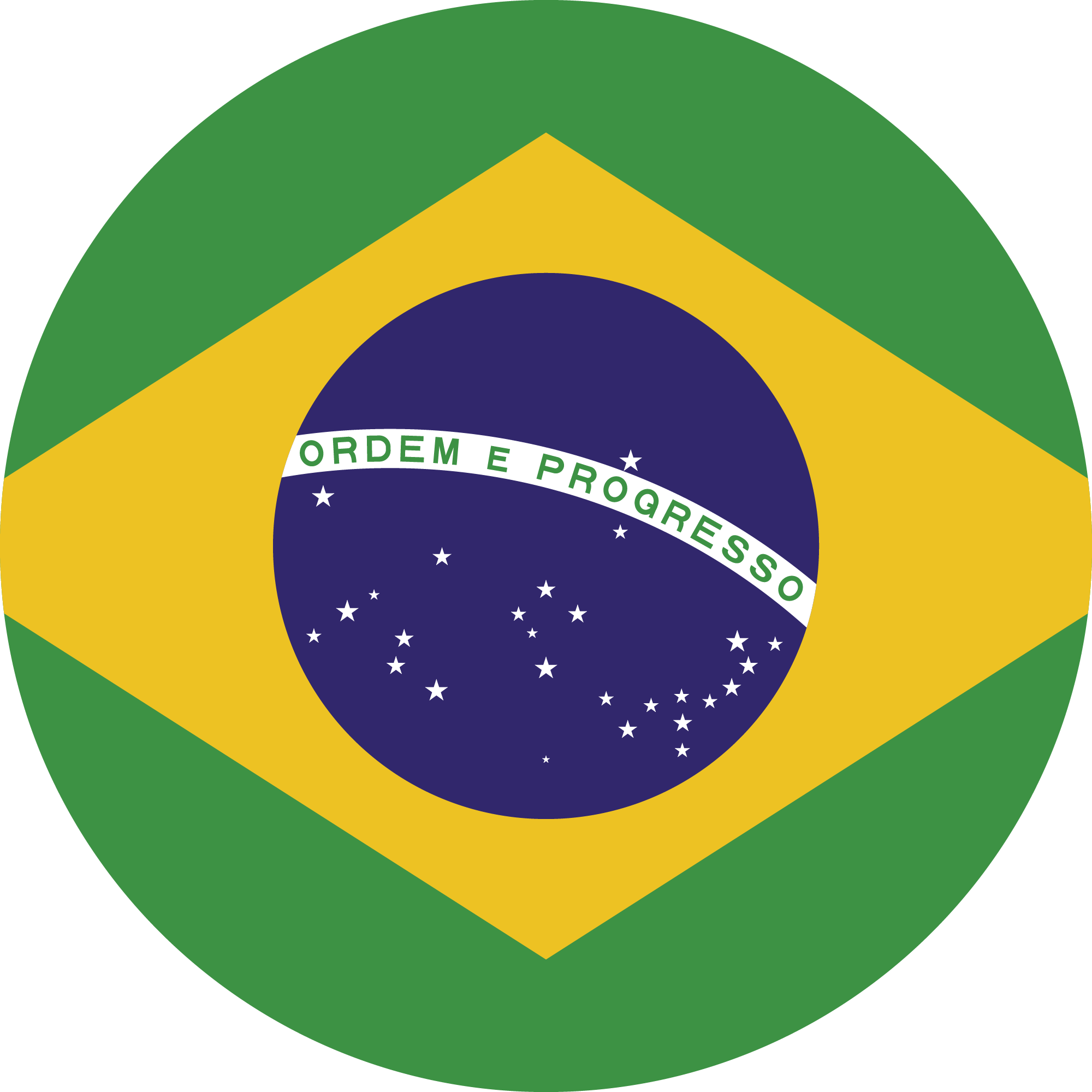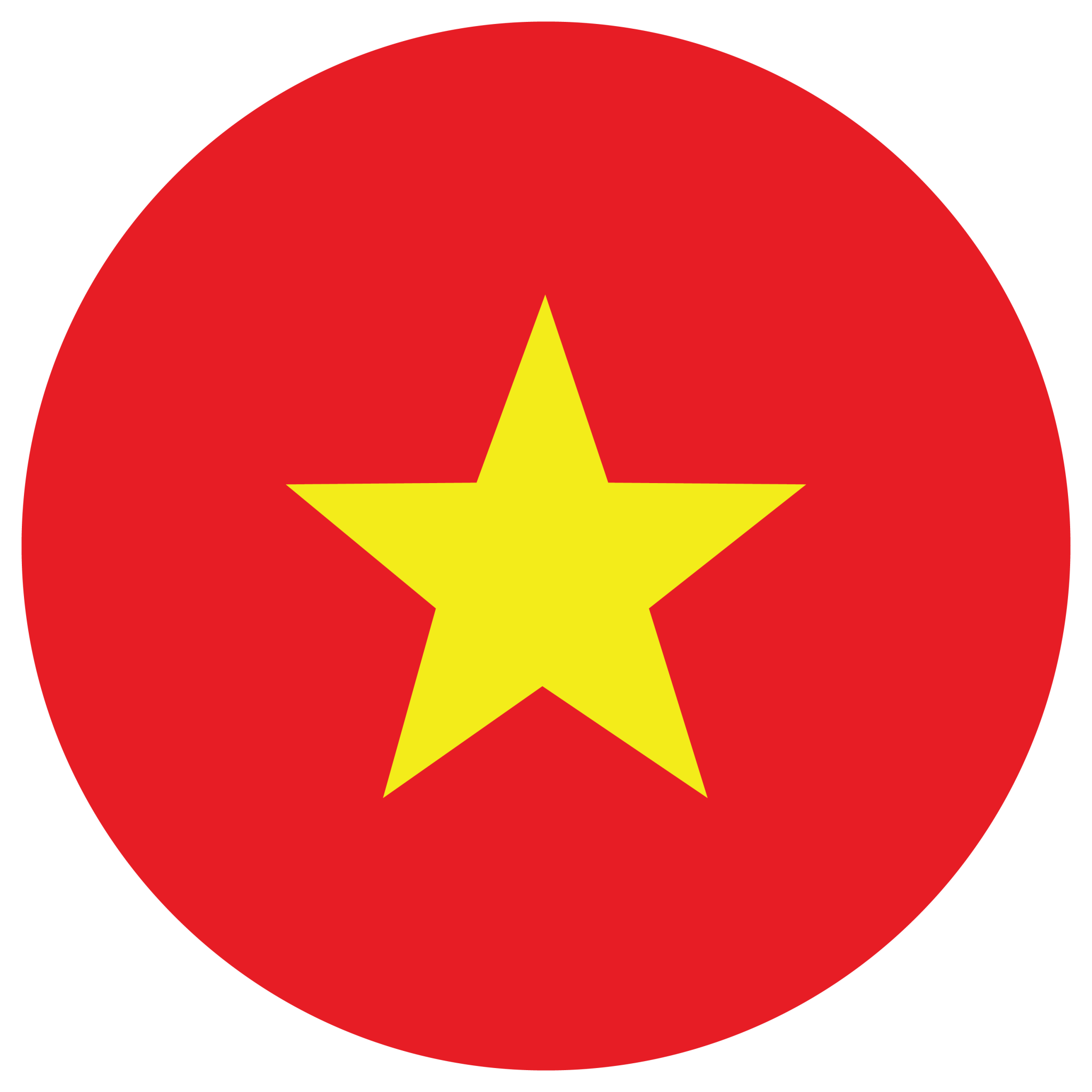Learning the months of the year is a crucial step for kids who are beginning their English learning journey. The months are a helpful tool for discussing time, planning events, and understanding dates. We will be learning the names of the months in English and how to say them in this blog post. We will also look at the short forms (abbreviations) of the months, how to ask and answer questions about the months, and some useful tips to help remember them easily. Discovering the history behind the names of months and discussing months in quarters is something you will also do. Let’s start learning the months of the year in a fun and simple way!
Learn English with EnglishCentral Kids
Would you like to take your child’s learning journey further? EnglishCentral Kids provides a fun and successful education with 25 minute one-on-one lessons for all ages and levels, along with lesson reports afterwards. There are fun and educational video lessons for your child to explore, and an AI tutor MiMi that will help your child with their English learning journey. Quizzes, interactive activities and entertaining vocabulary learning tools are gathered all on one platform and tailored according to your child’s level and needs.
Sign up to EnglishCentral Kids today for your child, keep learning and practicing!
Months in English and Pronunciations
| January | JAN-yoo-air-ee | /ˈdʒæn.ju.er.i/ |
| February | FEB-roo-air-ee | /ˈfeb.ruː.er.i/ |
| March | March | /mɑːrtʃ/ |
| April | AY-pril | /ˈeɪ.prəl/ |
| May | May | /meɪ/ |
| June | Joon | /dʒuːn/ |
| July | Joo-LIE | /dʒʊˈlaɪ/ |
| August | AW-gust | /ɑːˈɡʌst/ |
| September | Sep-TEM-ber | /sepˈtem.bɚ/ |
| October | Ok-TOH-ber | /ɑːkˈtoʊ.bɚ/ |
| November | No-VEM-ber | /noʊˈvem.bɚ/ |
| December | Dee-SEM-ber | /dɪˈsem.bɚ/ |
Abbreviations for Months in English
| Months | Abbreviations |
|---|---|
| January | Jan. |
| February | Feb. |
| March | Mar. |
| April | Apr. |
| May | May. |
| June | Jun. |
| July | Jul. |
| August | Aug. |
| September | Sept. |
| October | Oct. |
| November | Nov. |
| December | Dec. |
How Do We Ask What Month It Is in English?
To help you learn how to talk about the months in English, here are 10 fun and easy question and answer examples. These will help you practice using the months in everyday conversations!
+What month of the year is it?
-It is May.
+What month is your birthday?
-My birthday is in August.
+What is your favorite month of the year? Why?
-I love December because of Christmas and snow!
+Is this year a leap year?
-No, this year is not a leap year. February has 28 days.
+What month is Christmas?
-Christmas is in December.
+Which month comes after June?
-July comes after June.
+Which month comes before October?
-September comes before October.
+How many months are in a year?
-There are 12 months in a year.
+What month do you start school?
-I start school in September.
+What month do we celebrate New Year’s Day?
-We celebrate New Year’s Day in January.
Tips About Months in English
Learning the months of the year can be simple and enjoyable! Here are some creative and useful methods to help you remember all 12 months in English:
Use a Memory Sentence
Make a funny or catchy sentence using the first letters of the month. This helps you remember the order more easily.
Example: Just For Making A Memory, Just Jump Around Some Old New Dogs
Sing the Months Song
Songs make learning fun! Try singing the “Months of the Year” song in English. You can clap, dance, or use hand motions to remember the months better.
Connect Months with Seasons or Events
Think about holidays, birthdays, or weather for each month. This will help you remember what happens in each one.
Practice Regularly
Write and say the months out loud every day. You can also try spelling games or quizzes to make learning fun.
How Did the Months of the Year Get Their Names?
January
The name of January is derived from the Roman god Janus.
February
Februa, a festival of purification in ancient Rome, is where February gets its name.
March
Mars, the Roman deity of war, is the name of March.
April
Like flowers in spring, April takes its name from the Latin word ‘aperire’, which means ‘to open’.
May
May is named after the Greek goddess Maia.
June
June takes its name from the Roman goddess Juno.
July
The name July is derived from Julius Caesar, one of the two major figures of the ancient Roman world.
August
The name August is derived from Augustus, the first emperor of Rome, who was a significant figure in the ancient Roman world.
September
September’s name, derived from the Latin word septem meaning ‘seven,’ seems illogical as the ninth month. Originally, it was the seventh month on the ancient Roman calendar, before January and February were added.
October
October, which is derived from the Latin word for eighth, ‘octo’, was the eighth month on the ancient Roman calendar.
November
November, derived from the Latin word ‘novem,’ meaning nine, was once the ninth month in the Roman calendar.
December
The Roman calendar included December as the tenth month, which came from the Latin word ‘decem’ which means ‘ten’.
How to Express Months of the Year as Quarters?
In general, a year is divided into four quarters, each of which has three months. The year’s calendar quarters consist of the following:
1-January, February and March (Q1)
2-April, May and June (Q2)
3-July, August and September (Q3)
4-October, November and December (Q4)
Frequently Asked Questions About English for Kids – Months of the Year
How can I teach months of the year to kids?
Fun songs, colorful flashcards, and games are a great way to teach the months. Provide them with a calendar and talk about important dates like birthdays or holidays. Make sure to repeat the months and let the children pronounce them out loud. Children can improve their memory by using hands-on activities.
At what age should kids learn the months of the year?
Learning begins for most children between the ages of 3 and 5. It’s a fantastic time to introduce the months with songs and games since they enjoy singing and playing at this age. Although they may not be able to remember everything at first, practice will help them quickly learn.
How do I explain the concept of a year to kids?
You can say that a year is the time it takes for the Earth to go around the sun. A year is divided into 12 months, and each month has its own unique days and seasons. To help them understand how time passes throughout the year, use either a calendar or a story. Talking about birthdays and holidays can also be helpful.
How do months relate to seasons?
The four seasons of a year are spring, summer, autumn, and winter. There are three months in every season. The typical duration of winter is from December to February, spring is from March to May, summer is from June to August, and autumn is from September to November. You can teach this by showing pictures of the weather or clothes we wear in each season.
You can access everything your child needs to learn English on a single platform! With 25-minute live lessons guided by teachers specialized in child education, entertaining and instructive interactive videos designed for child development, vocabulary learning tools, the AI Tutor MiMi, quizzes, and interactive activities, EnglishCentral Kids offers a personalized and quality education plan tailored to your child’s needs at affordable prices. How about registering for EnglishCentral Kids now and starting your child’s English learning journey?











